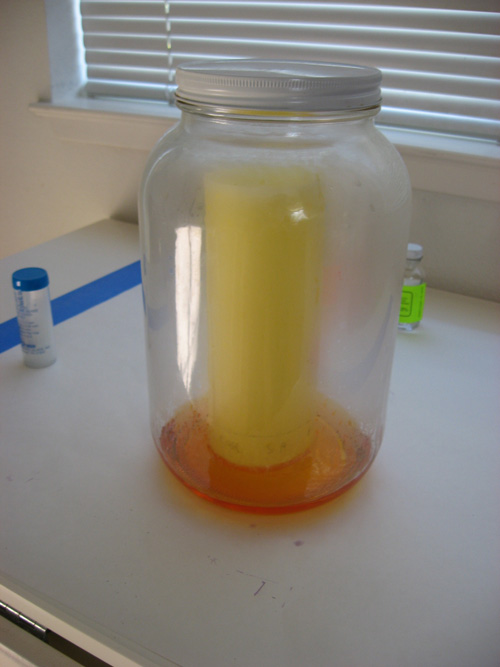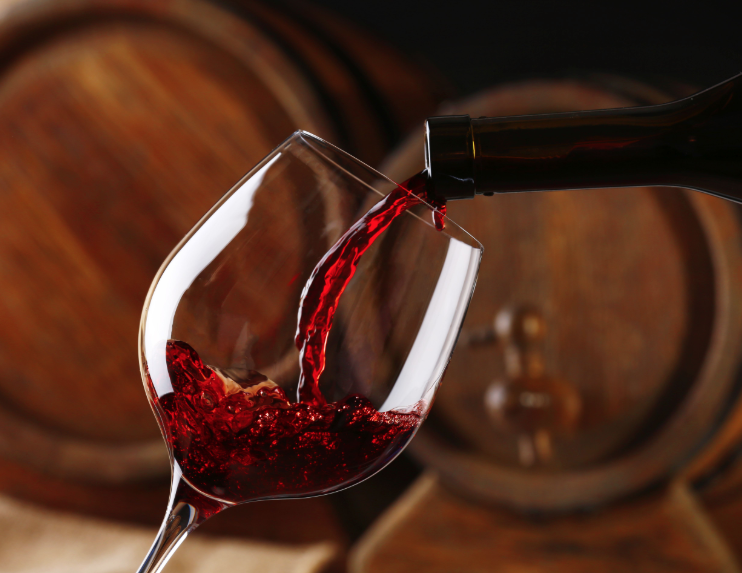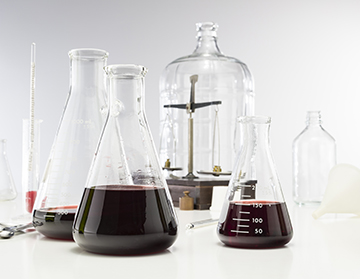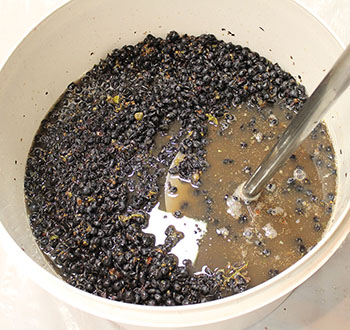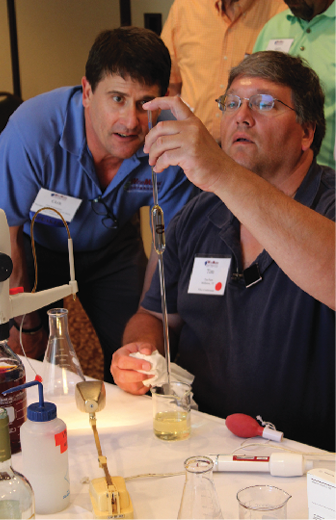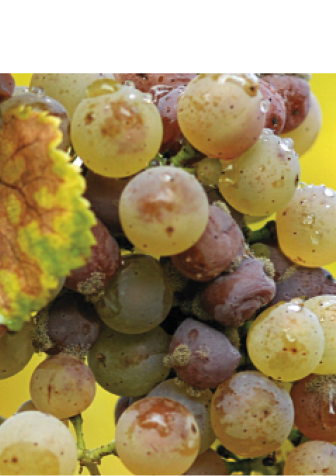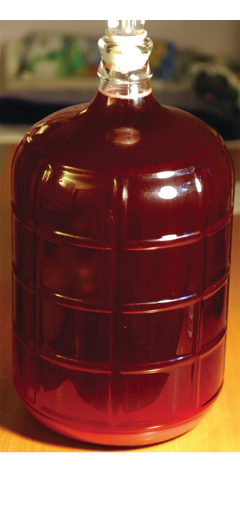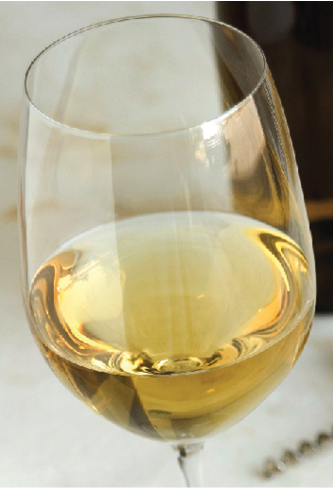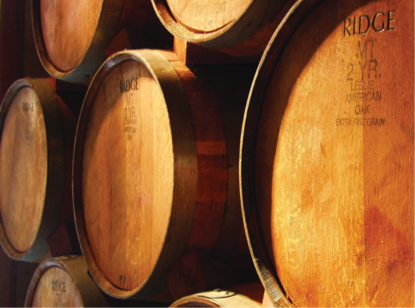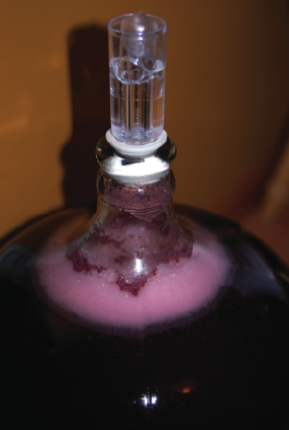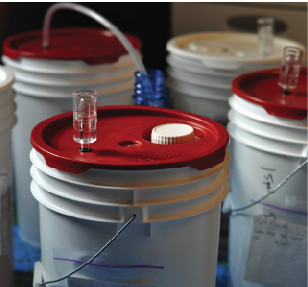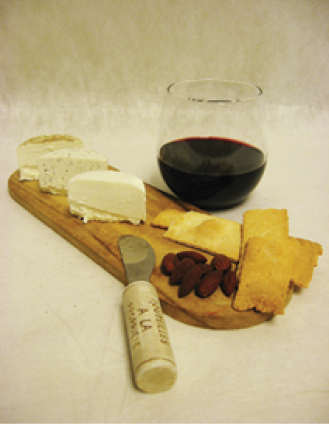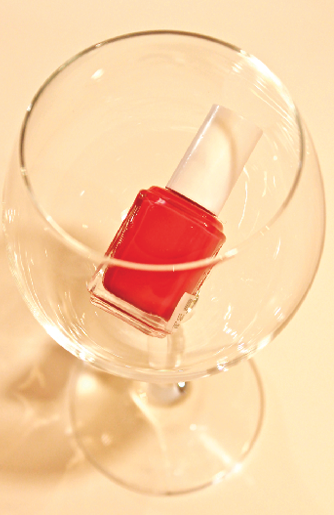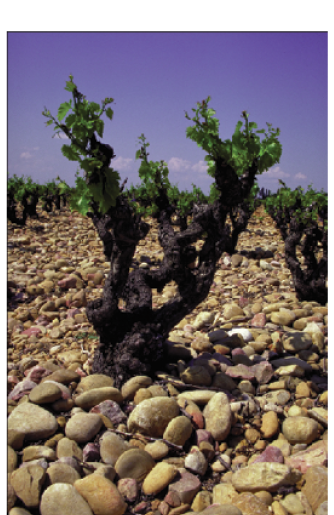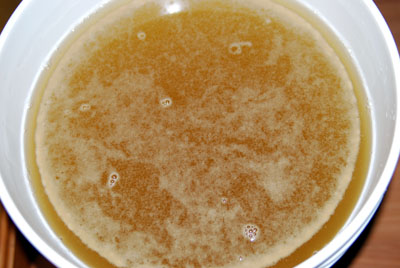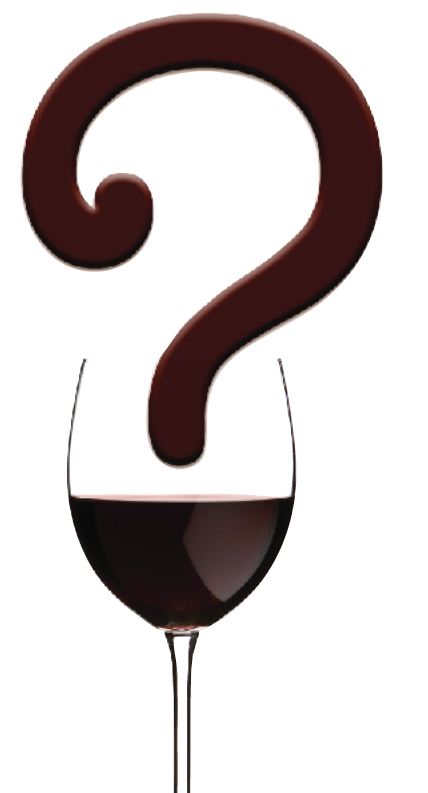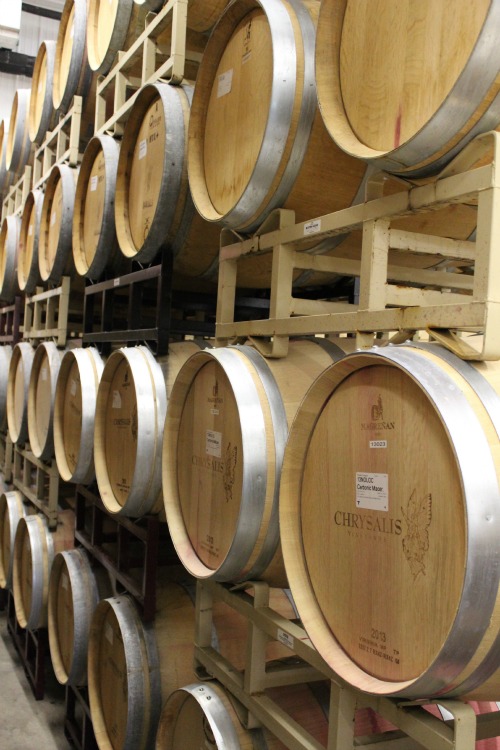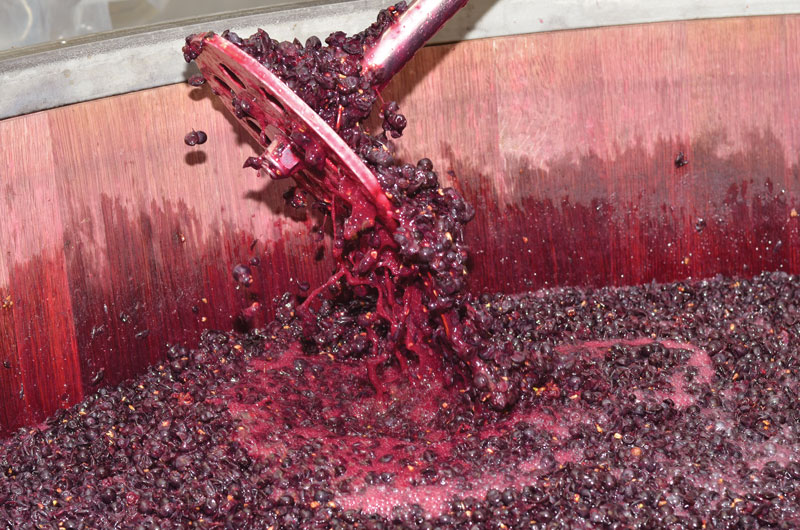Topic: Winemaking Science
Testing for Malolactic: Don’t be in doubt
Not all wines should go through a secondary malolactic fermentation (MLF), but for all wines that do undergo this fermentation, testing should be performed since these secondary fermentations can get stuck. Learn some of the basics of performing your own MLF test with paper chromatography.
Oxygen Management for Home Winemakers
Oxidation is one of the most common faults among home (and pro) winemakers. Learn how to protect your wine against the detrimental effects of oxygen.
Oxygen Management for Home Winemakers
Oxygen exposure can cause a whole litany of flaws in wine. Learn strategies for minimizing the risks at all steps of your winemaking.
Lower Alcohol Wines
Rising temperatures have led to grapes that are higher in sugar and lower in acid at harvest. Winemakers are beginning to look at microbial strategies to help keep wines in balance with lower alcohol levels and increased acidity.
At Home in the Wine Lab
Whether it is just the basics (Brix, pH, etc.) or more advanced (free SO2, yeast assimilable nitrogen, etc.) all home winemakers should perform some tests to monitor their wines.
pH Reanalysis
The answer to your question depends on the size of your batch. The bigger your batch, especially if it’s must all mixed together with juice and skins, you need to mix quite
Understanding YAN
If you want to make good homemade wine, you should learn to manage your wines’ YAN — yeast assimilable nitrogen.
Calculating ABV
This is a great question. Luckily the answer is simple. You still only calculate potential alcohol based on the original Brix reading. “Negative Brixes,” or when the density of your fermented solution
The Facts About Wine Headaches
I’ve seen a few of these kinds of articles (ahem, I mean advertisements) floating around on the internet and it always results in an epic Wine Wizard “facepalm” upon reading. For starters,
Dealing With A Copper Problem
That’s too bad that you added more copper sulfate than you intended to. Copper is an effective, legal, and ancient (the Romans knew about its curative powers in winemaking) tool for reducing
Calculating Residual Sugar
That’s certainly an interesting question and one for which the short answer is “no such equation exists.” The longer answer attempts to help explain why, even though you think you should have
Wine Science 101
A Brief Glossary of Some Key Terms Brix: A scale of measuring sugar concentration in grapes, juice, must and wine. Instruments such as refractometers and hydrometers are used to measure degrees Brix
Detecting, Measuring, and Preventing Volatile Acidity
You’ve worked long and hard to craft that awesome red wine but now, you go down to the cellar to taste a sample out of the carboy or oak barrel to see
Yeast Nutrient Strategies
Grape juice is a pretty tough environment if you’re a yeast cell. The pH is low, there’s high osmotic stress (stress from the environmental conditions being such that the flow of water
Simple Sulfite Wine Chemistry
There is no denying: Sulfur dioxide (SO2) can be a source of headaches for winemakers — even without drinking any wine. Why does SO2 continue to be such a perplexing and confusing
Techniques to Reduce Sulfite Additions
In spite of their long history as wine preservatives dating to the days of the Romans, sulfites can receive a bad rap. Many suspect that sulfites cause headaches or believe that any preservative is harmful, and so, there is a strong push to eliminate — or at least reduce — the use of sulfites and any additives perceived not to be “natural.” Let’s take a look at some of the strategies to reduce sulfite use.
Tannin Chemistry in Wine
It all starts with phenol. The tannins in wine make up one of the subgroups in a larger chemical family known as polyphenols. Those, in turn, are made up of phenol-derived molecules
Using Winemaking Enzymes
Many winemakers shun the use of additives, including enzymes, to respect the wine’s “naturalness.” But juice is laden with natural enzymes, and once inoculated with yeast, fermenting wine is under the control
Understanding Oxygen and Oxidation in Winemaking
As budding winemakers, one important principle we heed is protecting juice (must) and wine from oxygen’s baneful effects. But then we learn that yeast needs a “little” oxygen for a good fermentation,
The Science of Food and Wine Pairing
“Carignane and goat cheese,” said Tony Ross, wine educator at Passalacqua Winery near Healdsburg, California. During a judging session for a local home wine competition, Tony and I were on the same
Higher Alcohol Off-Odors in Wine
Did you ever create a wine that seemed more viscous than your typical wine, or which may have exhibited heavier fruity odors, or perhaps a solvent-like smell? The culprits may well be
Managing Minerals in Winemaking
Mineral deficiencies or excesses can become sources of frustration for amateur winemakers because minerals, metals, and other ionic substances cannot be easily measured and their role in biochemical and chemical reactions can be quite complex. So where do these substances come from and how can they be best managed in a home winery?
Yeast Impact on Wine Aroma and Flavor
If you are of the opinion that yeast selection does not matter and that the only role of yeast is to convert sugar into ethyl alcohol (ethanol), you may have been missing out on making more complex wines.
Top 10 Winemaking Myths
As in many practices with a longstanding tradition before the scientific knowledge caught up, the field of wine and winemaking has its share of myths, misconceptions, and sheer quackery.
Impact of Barrel Kinetics and Dynamics on Wine
Oak barrels have long been used primarily for aging red wines but also to shape the style of certain white varietals, such as Chardonnay, into fuller-bodied wines. Oak wood imparts what is
